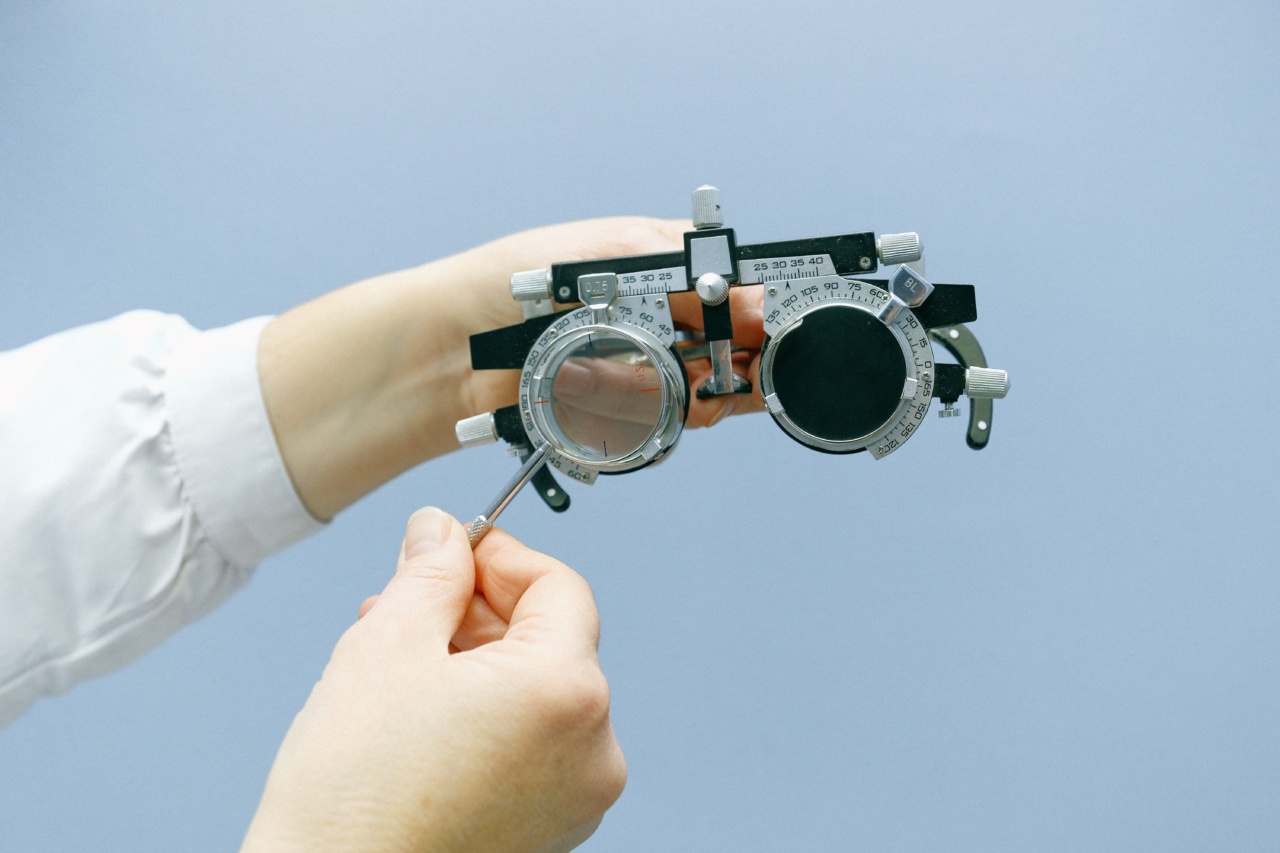When it comes to diagnosing dementia, many people might think of cognitive tests, brain scans, and a battery of medical examinations. However, recent studies have suggested that the eye might hold clues to early detection of this devastating disease.
The Link Between Dementia and the Eye
Dementia is a broad term used to describe a decline in cognitive abilities, memory loss, and other intellectual impairments that interfere with daily life.
Alzheimer’s disease is the most common form of dementia, accounting for 60-80% of all cases. As millions of people worldwide are affected by dementia, early and accurate detection is crucial for effective treatment and care.
Recent research has revealed a surprising link between the eyes and dementia. The eyes are not just windows to the soul; they can also provide valuable insights into the health of our brain.
Changes in the eye’s structure and function have been observed in individuals with Alzheimer’s disease and other types of dementia. These changes include abnormalities in the retina, optic nerve, and blood vessels.
The Role of the Retina
The retina is a thin layer of tissue located in the back of the eye that receives and processes visual information before sending it to the brain.
Along with capturing images, the retina contains blood vessels that reflect the health of the overall cardiovascular system. Interestingly, the retina is an extension of the central nervous system and shares many similarities with the brain.
Studies have shown that individuals with Alzheimer’s disease experience characteristic changes in their retinas.
These changes can be detected through specialized imaging techniques, such as optical coherence tomography (OCT) and retinal photography. Researchers have found thinning of the retina, alterations in the retinal layers, and the accumulation of abnormal protein deposits in the retinal tissue of individuals with dementia.
The Optic Nerve Connection
The optic nerve connects the eye to the brain, transmitting visual information from the retina for processing. Similar to the retina, the optic nerve can also be affected by neurodegenerative diseases like Alzheimer’s.
Several studies have reported changes in the structure and composition of the optic nerve in individuals with dementia.
Researchers have identified that the optic nerve’s thickness and integrity can be compromised in individuals with Alzheimer’s disease.
Utilizing non-invasive imaging techniques, these alterations in the optic nerve can be measured and analyzed. The optic nerve changes observed in dementia patients correlate with the severity of the disease and can potentially serve as an early indicator.
Blood Vessel Abnormalities
The health of blood vessels throughout the body, including those in the eye, is critical for overall well-being. Abnormalities in blood vessel function have been associated with several health conditions, including dementia.
Studies have highlighted changes in the retinal blood vessels of individuals with Alzheimer’s disease.
These changes include narrowing of the blood vessels, reduced blood flow, and alterations in blood vessel integrity.
Additionally, the presence of specific biomarkers, such as amyloid plaques, which are characteristic of Alzheimer’s disease, has been observed in the retinal blood vessels. Analyzing these biomarkers in the eye may provide valuable insights into an individual’s cognitive health and risk of developing dementia.
The Promise of Early Detection
Currently, there is no cure for dementia.
However, early detection can significantly impact individuals’ quality of life by enabling them to access appropriate care and support, plan for their future, and potentially slow down the progression of the disease through lifestyle modifications and medication.
The eye’s potential as a diagnostic tool for dementia holds great promise. By identifying changes in the retina, optic nerve, and blood vessels, eye doctors may be able to provide insights into an individual’s cognitive health.
Further research is needed to develop standardized protocols and diagnostic tools that can accurately detect dementia in its early stages.
Challenges and Limitations
While the link between the eye and dementia is promising, it is important to acknowledge the challenges and limitations surrounding this field of research.
Some of these challenges include the variability of results across different studies, the need for larger and more diverse study populations, and the establishment of standardized diagnostic criteria.
Additionally, it is essential to remember that changes in the eye alone cannot definitively diagnose dementia.
A comprehensive medical evaluation, including cognitive tests and other diagnostic tools, is still necessary to confirm a diagnosis and determine the specific type of dementia.
Conclusion
As research in the field of ophthalmology continues to advance, eye doctors may play a vital role in detecting dementia at its earliest stages.
The eye holds valuable information about the health of the brain, and changes in the retina, optic nerve, and blood vessels may serve as potential biomarkers for early diagnosis.
Collaboration between ophthalmologists, neurologists, and researchers is crucial to further unravel the eye-brain connection and develop effective screening methods.
The possibility of non-invasive, cost-effective, and easily accessible dementia screening by your eye doctor can pave the way for improved care and outcomes for those affected by this devastating condition.



























